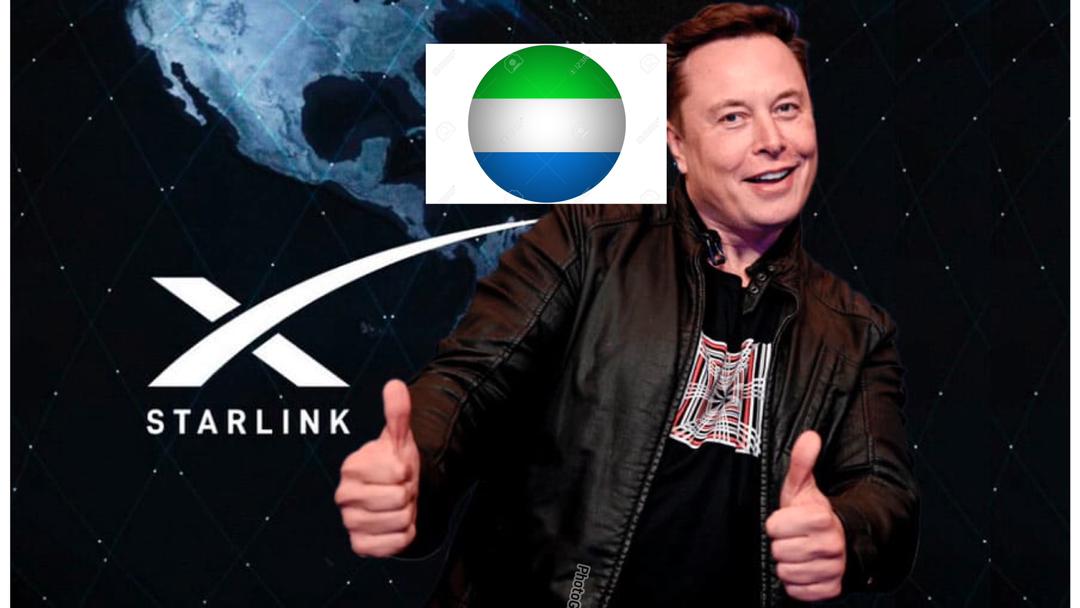Starlink is a satellite internet service developed by SpaceX, which can provide high-speed internet access to users in remote and rural areas where traditional broadband services are not available or are unreliable. This technology can be beneficial for Sierra Leoneans living in rural areas where internet access is limited.
Starlink works by using a network of low-earth orbit (LEO) satellites that orbit the earth at an altitude of around 550 kilometers. These satellites communicate with ground-based terminals, which are installed on users’ properties and connect to their devices. Sierra Leoneans can sign up for Starlink by purchasing a kit that includes a satellite dish, a router, and other necessary equipment.
One of the main advantages of Starlink is its ability to provide internet access to areas that are difficult to reach with traditional broadband services. This can be particularly useful for Sierra Leoneans living in remote areas where internet access is limited. Additionally, Starlink is designed to be more reliable than traditional broadband, as it is not affected by issues such as cable damage or weather-related disruptions.
However, as the number of Starlink users increases, there have been concerns about congestion issues and the potential impact on speeds. To address these concerns, SpaceX has promised to launch more Starlink satellites in orbit to alleviate congestion problems and improve the overall user experience.
In conclusion, Starlink can be a game-changer for Sierra Leoneans living in remote areas where internet access is limited. It can provide high-speed and reliable internet access, which can help bridge the digital divide and improve access to information and communication.








